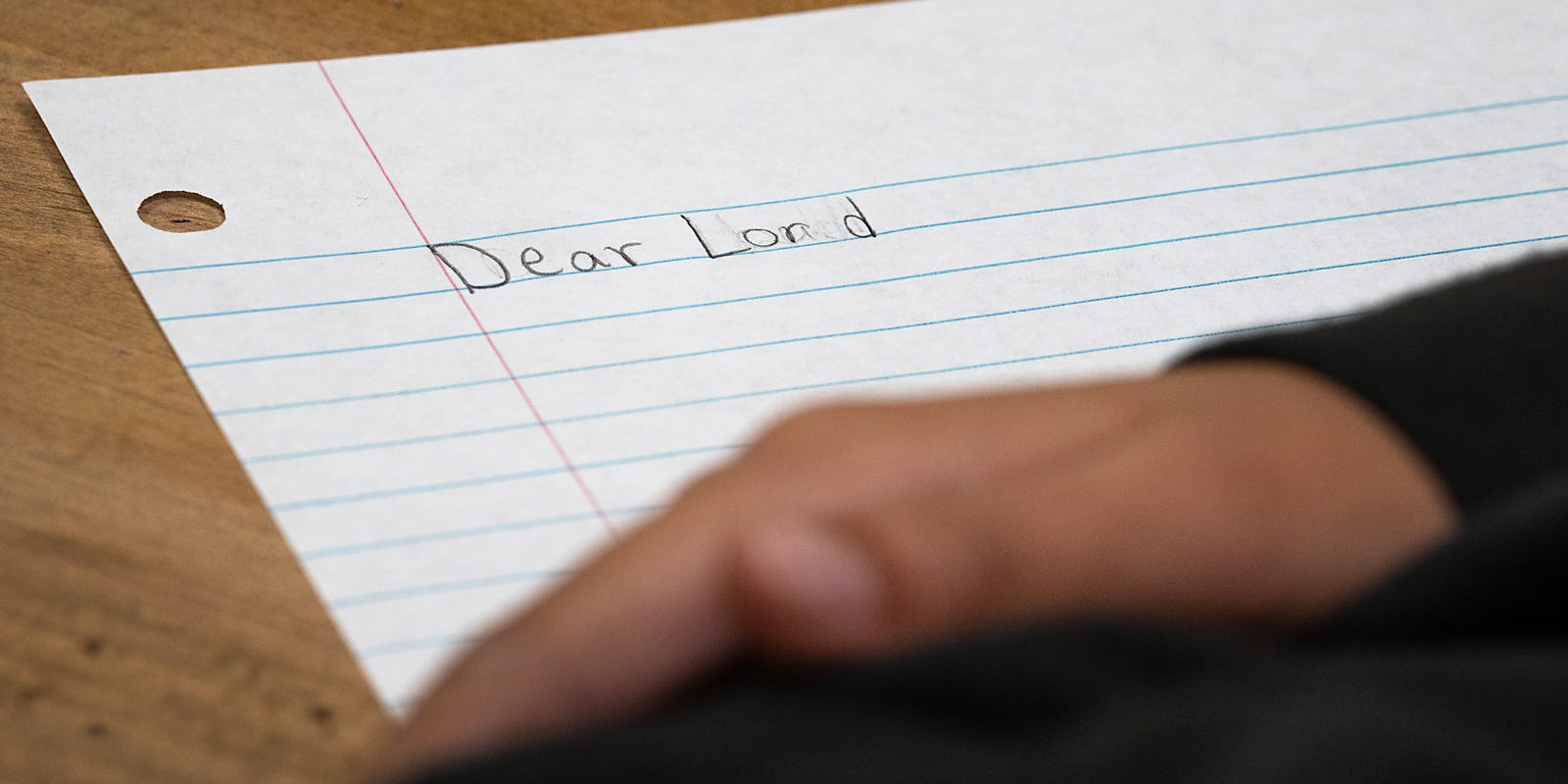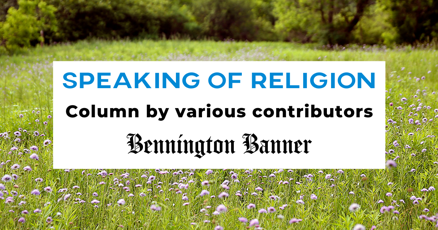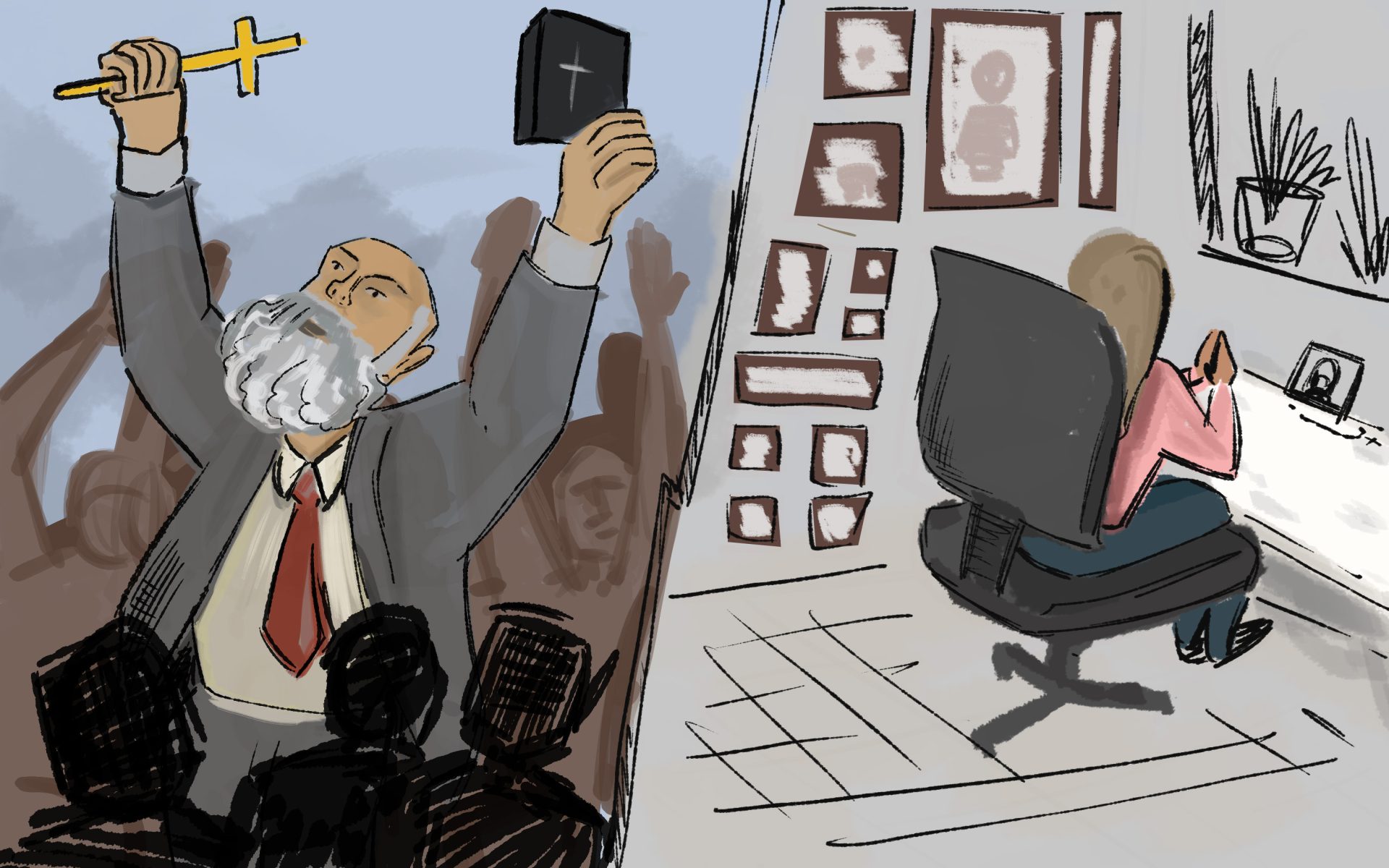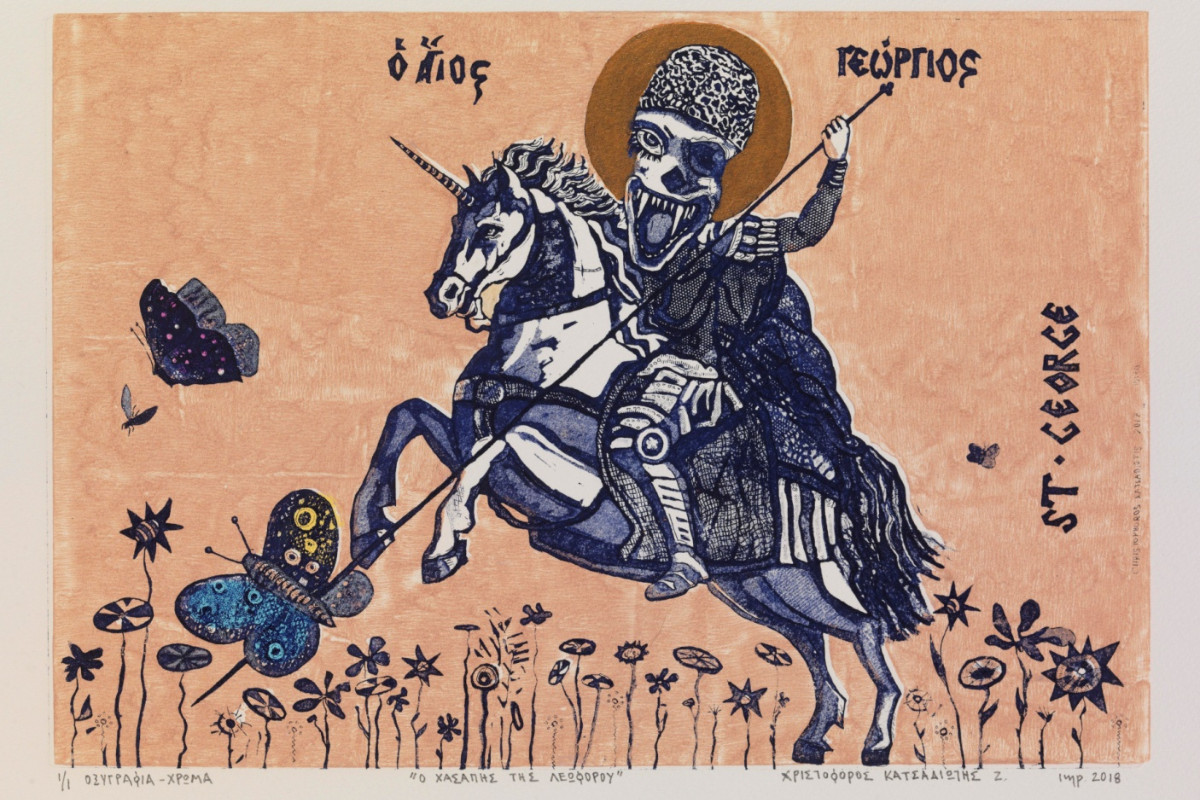Harmony in the First Amendment: How Religious Freedom Clauses Actually Align
Religion
2025-03-20 21:57:58Content

When the Founding Fathers crafted the First Amendment, they never imagined that the establishment clause would one day be wielded as a weapon to undermine individual religious freedoms. Their original intent was to protect religious expression, not to silence it. Yet, over time, a misinterpretation of the establishment clause has increasingly been used to restrict rather than protect the free exercise of religious beliefs.
The constitutional safeguard meant to prevent government-sponsored religion has paradoxically transformed into a tool that can limit personal religious expression. This unintended consequence runs counter to the Founders' vision of religious liberty, which was fundamentally about ensuring that individuals could practice their faith without government interference or persecution.
Today, we see numerous instances where the establishment clause is being used to marginalize religious perspectives in public spaces, educational institutions, and government settings. This approach fundamentally misunderstands the original purpose of religious freedom protections, which were designed to promote inclusivity and personal choice, not to create a sterile, religion-free environment.
The Founders would likely be dismayed to see how their carefully crafted constitutional protections have been twisted to suppress rather than support religious liberty. Their vision was one of mutual respect and freedom, not of systematic exclusion or religious neutrality that borders on hostility.
Religious Liberty Under Siege: The Constitutional Battle Reshaping American Education
In the intricate landscape of American constitutional law, few debates have been as nuanced and contentious as the ongoing struggle between the establishment clause and free exercise rights within educational institutions. The delicate balance between preventing government-sponsored religious endorsement and protecting individual religious freedoms continues to challenge legal scholars, policymakers, and citizens alike.Unraveling the Constitutional Paradox of Religious Expression in Public Spaces
The Historical Context of Religious Freedom
The founding fathers envisioned a complex framework of religious liberty that transcended simplistic interpretations. Their profound understanding recognized that religious freedom was not merely about preventing state-mandated worship, but creating an environment where diverse spiritual perspectives could coexist harmoniously. The original constitutional architects meticulously crafted language that would protect both collective institutional neutrality and individual spiritual expression. Constitutional scholars have long debated the nuanced interpretations of the First Amendment's religious clauses. The establishment clause was never intended to function as a mechanism for suppressing personal religious identities, but rather as a safeguard against governmental religious coercion. Paradoxically, contemporary legal interpretations have often transformed this protective measure into a restrictive tool that inadvertently marginalizes individual spiritual experiences.Educational Institutions as Battlegrounds of Religious Liberty
Modern educational environments have become complex arenas where constitutional principles intersect with evolving social dynamics. Public schools, universities, and academic institutions find themselves navigating increasingly intricate legal landscapes where religious expression must be carefully balanced against institutional neutrality. The current judicial interpretation often creates a chilling effect on personal religious expression, particularly among students and educators. By overzealously applying establishment clause principles, institutions frequently suppress genuine, voluntary religious interactions under the misguided premise of maintaining absolute secularism. This approach fundamentally misunderstands the founders' original intent of creating space for diverse spiritual perspectives.Legal Precedents and Evolving Interpretations
Landmark Supreme Court decisions have progressively reshaped the understanding of religious liberty within public spaces. Each ruling represents a delicate negotiation between protecting institutional neutrality and preserving individual spiritual autonomy. The judicial system continues to grapple with defining appropriate boundaries that respect both collective institutional mandates and personal religious convictions. Recent legal developments suggest a gradual recognition that overly restrictive interpretations of the establishment clause can themselves become a form of religious discrimination. By systematically marginalizing personal spiritual expressions, institutions risk creating environments that are fundamentally antithetical to the principles of religious freedom enshrined in the Constitution.Societal Implications and Future Trajectories
The ongoing constitutional dialogue surrounding religious liberty extends far beyond legal technicalities. It represents a profound exploration of American identity, cultural diversity, and the fundamental right to personal spiritual expression. Educational institutions serve as critical laboratories where these complex negotiations continuously unfold. As society becomes increasingly diverse and multicultural, the need for nuanced, compassionate interpretations of religious freedom becomes ever more critical. The challenge lies in creating frameworks that simultaneously protect institutional neutrality while honoring individual spiritual diversity. The constitutional journey of religious liberty remains an evolving narrative, reflecting the dynamic nature of American democratic principles. Each legal interpretation, each institutional policy represents another chapter in this ongoing exploration of freedom, respect, and mutual understanding.RELATED NEWS
Religion

Flames of Hate: Suspected Bias-Driven Arson Targets Governor's Residence
2025-04-15 23:29:19
Religion
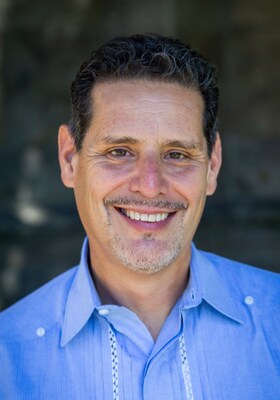
Decade of Transformation: How David Vásquez-Levy Reshaped Religious Education at Pacific School
2025-02-24 15:50:00
Religion

Faith and Influence: How American Religious Movements Shape National Discourse
2025-03-15 21:50:00
